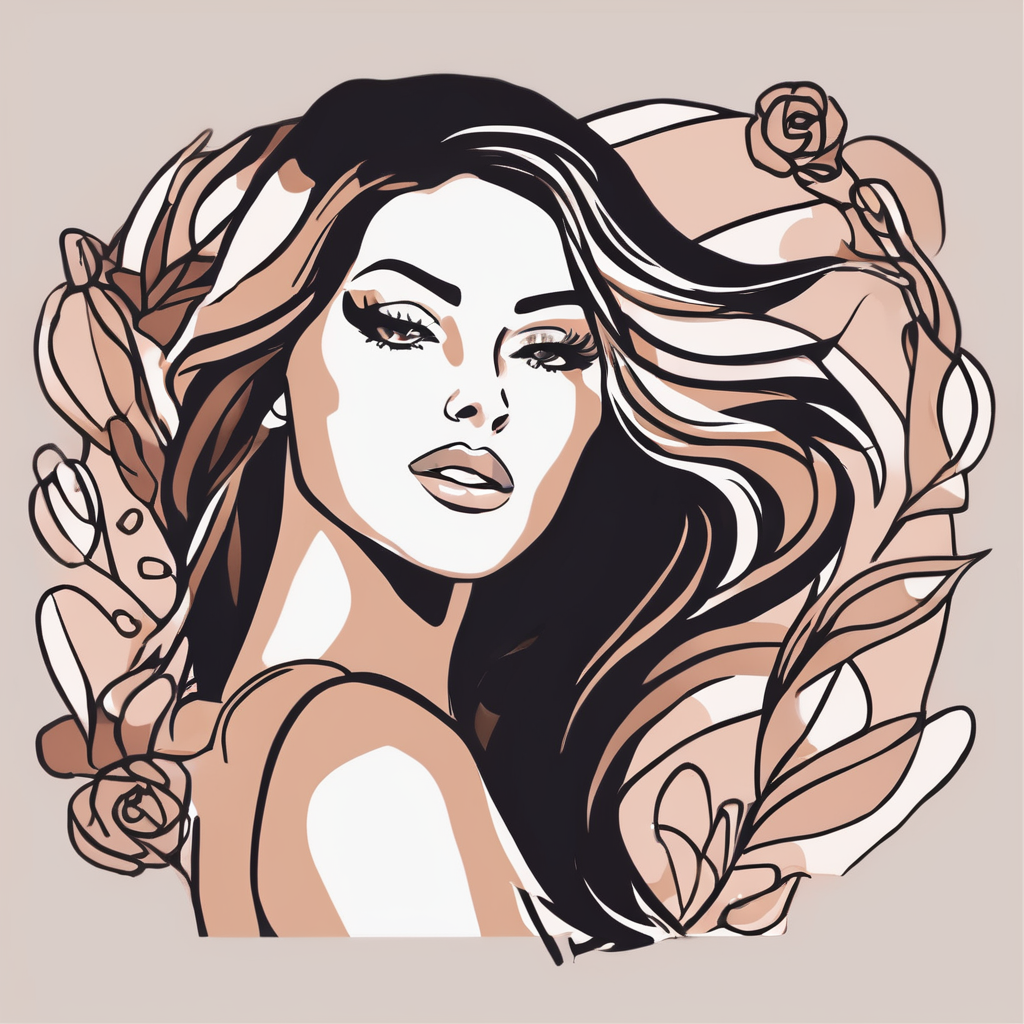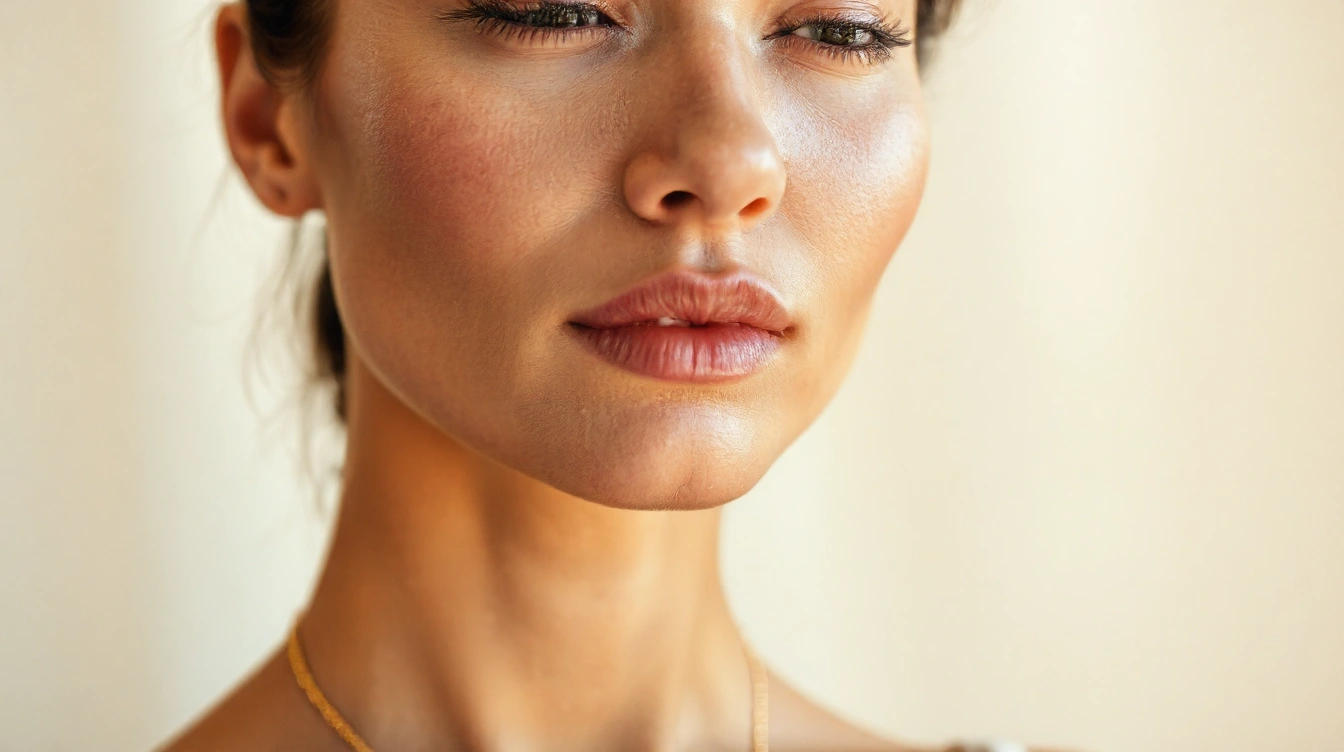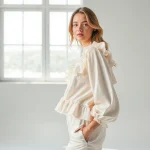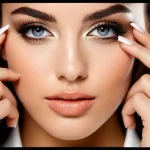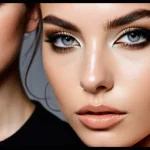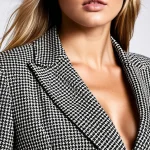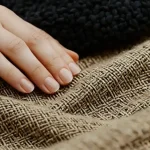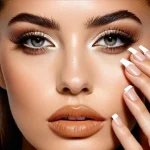Core Influences on Women’s Beauty Trends
Beauty trends evolve constantly, shaped by powerful forces that define what is considered attractive at any given time. Social media and influencer impact play a crucial role in spreading and popularizing these trends worldwide. Platforms like Instagram and TikTok allow influencers to showcase styles rapidly, creating instant demand among followers. When an influencer adopts a new look or beauty product, it quickly gains traction, illustrating how digital channels have amplified the reach of beauty standards.
Celebrity culture also significantly contributes to shaping key influences on beauty standards. Celebrities often embody ideals that fans aspire to, making their appearances and endorsements pivotal in directing trends. Whether it’s a red carpet look or a viral makeup routine, celebrity-driven beauty ideals resonate widely, merging glamour with accessibility.
Also read : What are the benefits of minimalist fashion for UK women?
Furthermore, historical beauty influences highlight how regional and temporal variations matter. Across eras and cultures, standards have differed markedly, reflecting social values and available technology. For example, pale skin was prized in one period, while a sun-kissed look signified health in another. Understanding these layers provides insight into why women’s beauty trends are diverse and ever-changing.
Media, Marketing, and Technology’s Role in Beauty Trends
The media effect on beauty trends is undeniable, as advertising and marketing campaigns continuously shape what societies view as attractive. Brands invest heavily in advertising and beauty to craft ideal images that resonate with audiences, often setting new standards for appearance. These campaigns influence consumer expectations and preferences, reinforcing certain aesthetics as desirable.
In the same genre : What Trends Are Currently Dominating the UK Women’s Fashion Scene?
Concurrent with traditional advertising, beauty technology innovation has transformed how people engage with beauty ideals. Digital innovations like virtual filters, augmented reality apps, and AI-driven try-on tools enable users to experiment with looks instantly and share them broadly on social media. These tools not only personalize beauty experiences but also perpetuate evolving standards by presenting idealized, often unrealistic images.
Data supports this media influence: studies find shifts in beauty paradigms directly related to exposure to digital content, with increased acceptance of diverse looks and styles traced back to targeted marketing. For example, filter popularity correlates with rising demand for cosmetic procedures mimicking filtered features. This interplay between media, advertising, and technology highlights their combined power in sculpting contemporary beauty trends, making media’s impact both measurable and influential.
Societal, Cultural, and Psychological Factors
Beauty standards are deeply intertwined with cultural beauty norms that vary widely worldwide. These norms shape what societies collectively view as attractive, influencing individual preferences and social behavior. For example, some cultures prize slenderness, while others celebrate fuller body types, reflecting diverse ideals that evolve over time.
The social influence on beauty exerts a powerful psychological effect on women’s self-image. Conforming to these often narrow beauty ideals can lead to feelings of inadequacy and lower self-esteem. Studies show that constant exposure to specific body types and facial features in media reinforces internalized expectations, sometimes fostering anxiety and dissatisfaction.
In response, societal movements promoting inclusivity and body positivity have gained momentum, challenging traditional norms. These efforts encourage embracing diverse appearances and advocate for broader definitions of beauty. This shift not only counters unrealistic pressures but also nurtures healthier psychological outcomes by validating varied expressions of identity.
Understanding the link between psychological effects of beauty standards and cultural contexts reveals how social change can promote well-being. Addressing these factors allows individuals to critically assess internalized norms and cultivate self-acceptance beyond imposed ideals.
